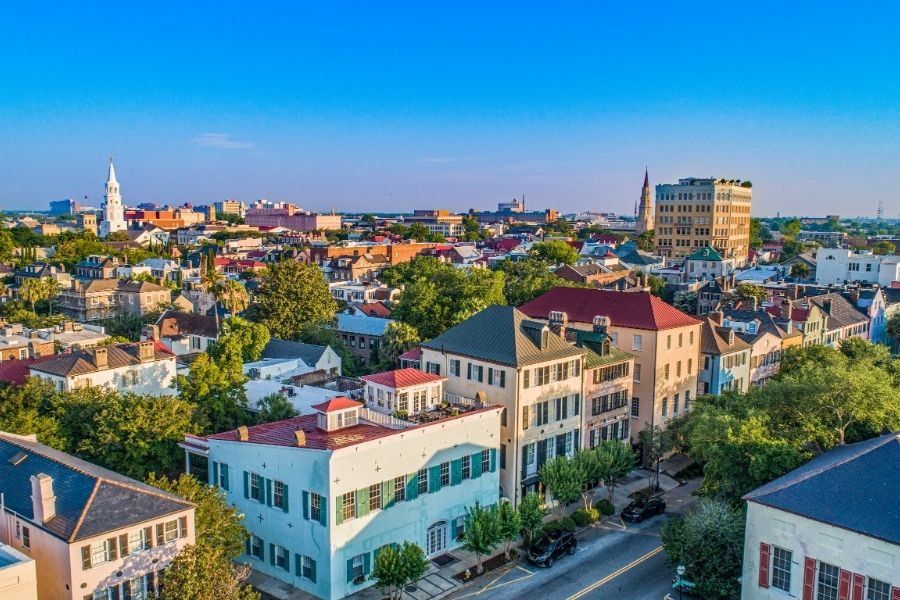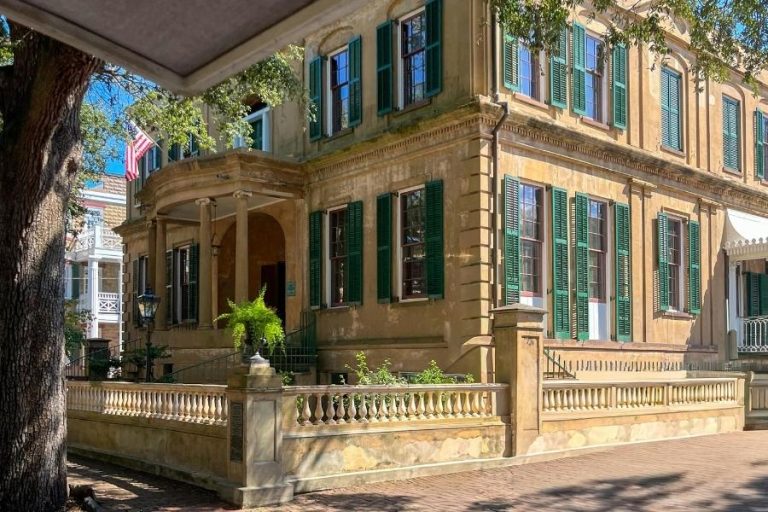Is Charleston Worth the Price? Understanding the True Cost of Lowcountry Living
Charleston isn’t just another Southern city. It’s a living postcard — cobblestone streets, soft salt air, and sunsets that stain the marsh gold. But beauty has a price, and here in the Lowcountry, the question isn’t whether Charleston is charming (it is), but whether the cost of living matches the lifestyle it promises.
At Palatial Homes Design, we’ve walked clients through this equation countless times — the tension between cost and quality, investment and experience. Charleston’s cost of living runs about 11 percent above the national average, and housing is the biggest factor. Yet, when you factor in South Carolina’s generous tax climate and the city’s unmatched lifestyle, the math starts to feel more balanced than it looks on paper.
The Real Costs Behind Charleston Living
Three main forces drive Charleston’s higher-than-average living costs: housing, transportation, and utilities. The median home price here is among the nation’s upper tier — ranking around 161st nationally — while rents remain some of the highest in the Southeast.
Still, Charleston’s story isn’t told in spreadsheets alone. Property taxes are remarkably low — South Carolina has the 7th lowest average property tax rate in the country — and retirees benefit from no state tax on Social Security and a $15,000 deduction on additional retirement income. Add in the region’s moderate climate and abundant amenities, and Charleston becomes more than a financial decision; it becomes a lifestyle investment.
Housing in a Historic City
Charleston’s housing market is a paradox wrapped in charm. The city’s historic downtown commands premium prices, but suburban enclaves and barrier islands offer range and possibility. For those dreaming of building in the Lowcountry, the appeal lies in creating something that complements the setting — high craftsmanship, coastal resilience, and architectural grace.
Palatial Homes Design has watched an average of 26 new residents arrive daily in the metro area, shaping demand and inventory. That steady growth keeps the market competitive, but it also reinforces value. In Charleston, good design holds — and so does real estate built with intention.
The Lowcountry Advantage
Charleston rewards those who understand that value extends beyond square footage. The lifestyle here is its own form of wealth: early mornings on Sullivan’s Island, an afternoon at the market, a dinner of local shrimp and sweet corn under string lights.
Groceries, healthcare, and everyday expenses hover close to the national average, making the city’s premium largely about housing and insurance. For many homeowners — especially those relocating from the Northeast or West Coast — Charleston feels like a bargain once you weigh the intangibles: beauty, pace, and community.
A Tax Climate Built for Retirees
Financially speaking, South Carolina courts retirees with charm and pragmatism. The absence of state tax on Social Security, the $15,000 retirement deduction, and the low property tax rate stretch retirement savings further. Those dollars translate directly into quality of life — better homes, more travel, and the ability to enjoy the city’s cultural calendar without watching the budget too closely.
For investors, those same factors make Charleston an attractive long-term market. Consistent in-migration and a stable economic base anchored by manufacturing, tech, and tourism mean demand — and opportunity — will continue to rise.
Life Beyond the Numbers
The truth is, no one moves to Charleston for its cost index. They move for its texture: live oaks dripping in Spanish moss, neighborhoods that feel like stories, the smell of pluff mud after rain. They come for an outdoor lifestyle that’s free more often than not — beaches, parks, and trails — and a dining scene that spans James Beard winners to dockside oyster shacks.
Safety, community, and charm are difficult to quantify, but they color every decision. Charleston is a city that offers more than it costs.
Balancing Luxury and Livability
At Palatial Homes Design, we see Charleston’s cost of living not as a deterrent but as an indicator of value. The city has earned its reputation — and its price tag — by offering something rare: a blend of old-world architecture, coastal beauty, and modern livability.
For those building or relocating here, the key is thoughtful investment — crafting homes that honor the region’s character while meeting contemporary expectations. The result is a life measured less in dollars and more in moments: a morning tide, an evening breeze, a home that feels like it belongs.




